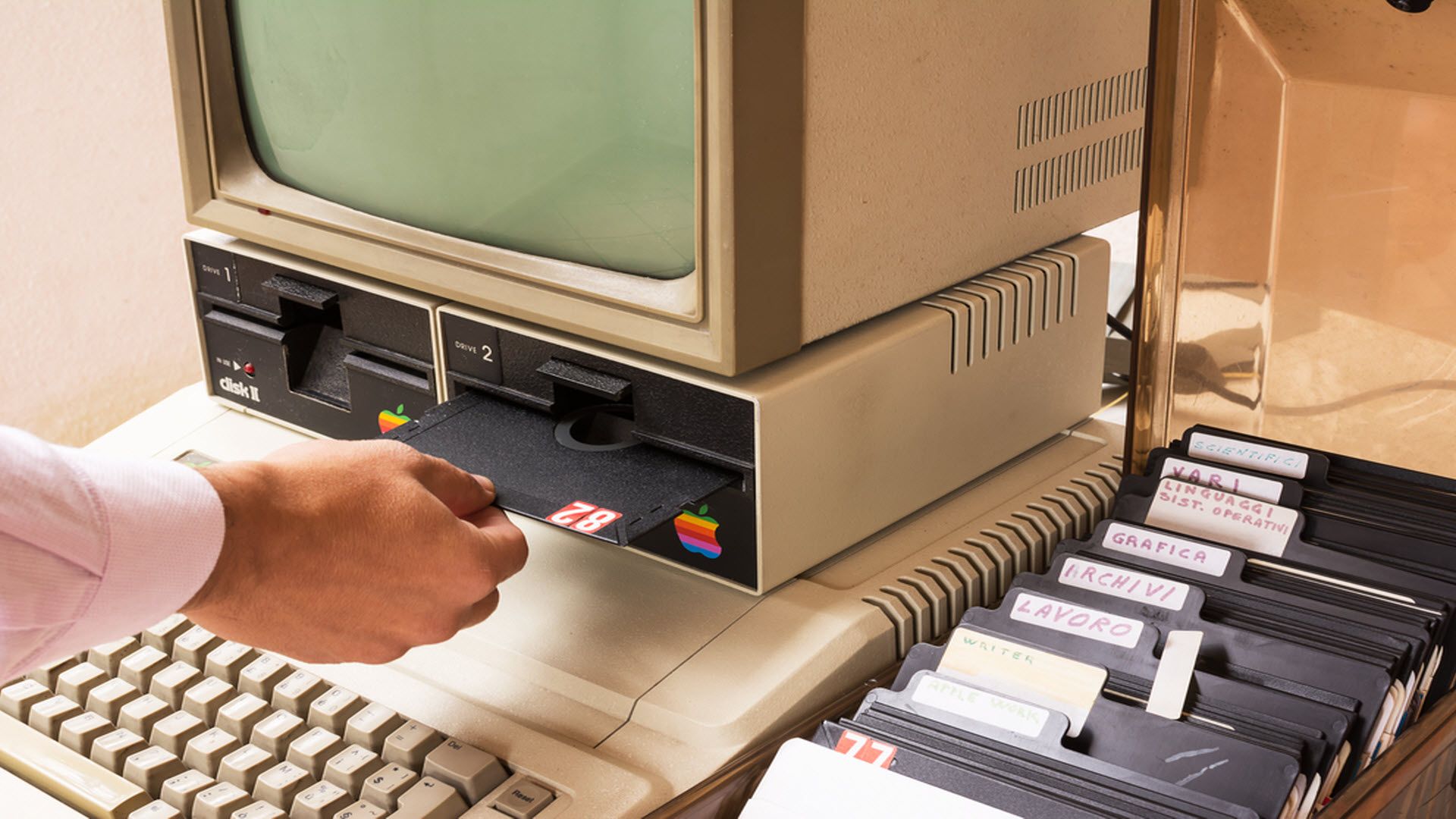Why Does Plastıc Turn Yellow?
Imagine that you have an old game console, what do you see when you put it out to sell or play? The plastic body is yellow. All the parts are there and it works when you plug in, no problem. There is a problem in the eyes of potential collectors that could affect the value of the console. Once upon a time the white case looks dirty now, unattractive yellow.
The longevity of plastic is one of the properties that makes it such a useful material. It is one of the reasons we try to keep it away from natural areas and waterways. Most plastics (polymers) are very robust and durable. But plastic is still not perfect. It may change color over time (what happens to your game console) or become fragile.
When any effect occurs, it can change the behavior of the plastic in real life, and the product made from the polymer can no longer do what it is intended to do. Plastic bubble windows from the 1970s were a good example of this effect. With age, the plastic begins to turn yellow and the windows leak! Medical tubing designed to be clean, which has turned yellow and has failed long before. The discoloration was particularly worrying, as part of the tube had to remain outside the patient’s body. In other embodiments, the failure of a medical device may be life-threatening.
Polymers can have problems for many reasons, but UV light is one of the first suspects examined when the problem involves discoloration. Of course, ultraviolet light does not have a good effect on most polymers. Exposure to UV light can cause the plastics to discolor (yellow), crack, break or even melt! There are multiple analytical techniques, one of which has undergone UV testing, to determine what causes changes in a polymer exposed to UV radiation.
The test helps us to see if a polymer or plastic absorbs too much UV and makes recommendations for additives that can solve the problem. Depending on the manufacturer’s subject and intended use, the manufacturer may add a UV absorber stabilizer or a quencher which captures and prevents damage to free radicals resulting from exposure to UV radiation.
Of course, UV radiation is not the only factor that can cause aging of plastics and polymers. Exposure to visible light, extreme temperatures, moisture, or solvents may cause a polymer to deteriorate over time. When it comes to yellowing, however, UV light is often the primary culprit.
When you get back to your game console, it’s probably been sitting on your TV for years and catching some rays and sucking it up before packing. Although he has been sitting in the dark for a while, the damage has already been transmitted and yellowing has occurred over time. In the case of medical tube insufficiency, UV radiation was also the source of yellowing. The patient turned out to be an avid sunbathing madman. So the pipe was found to have received much higher UV rays than expected from the manufacturer.



